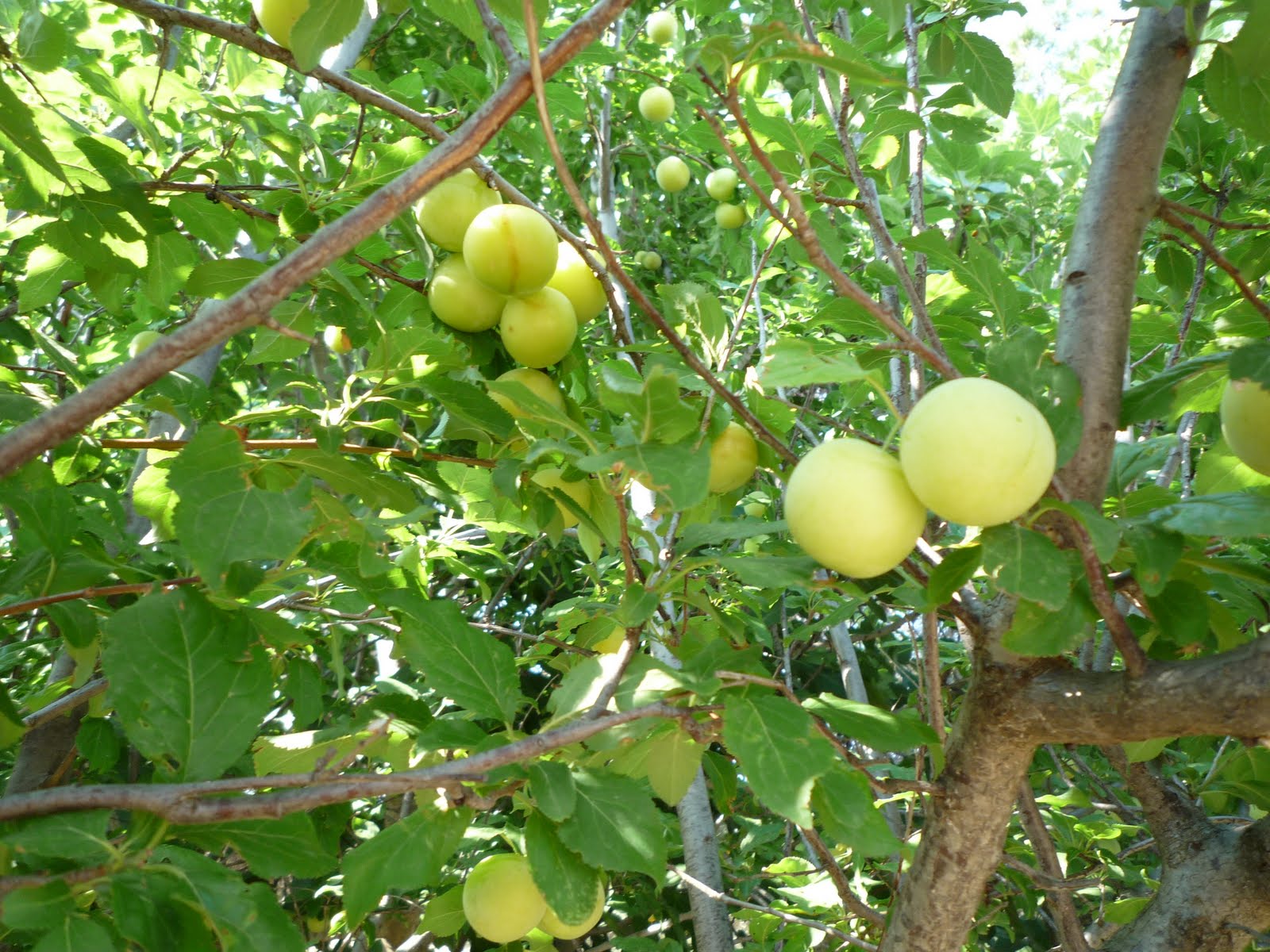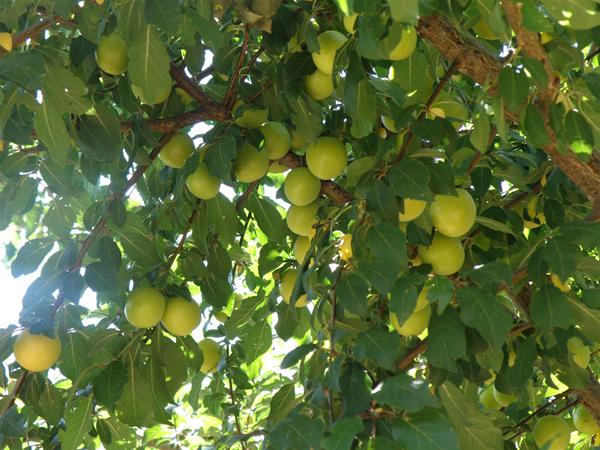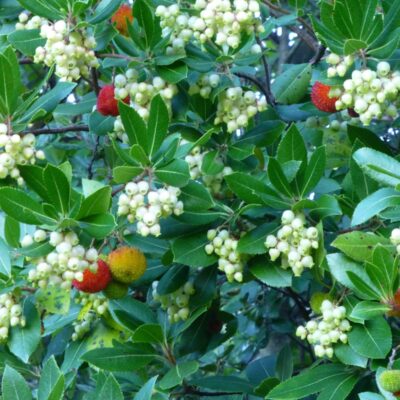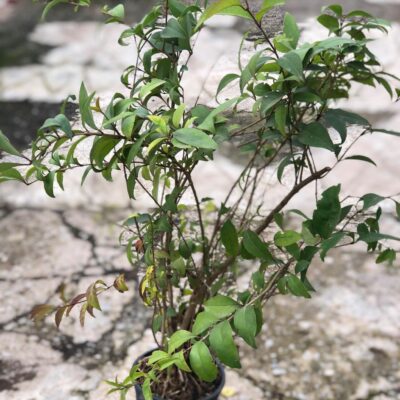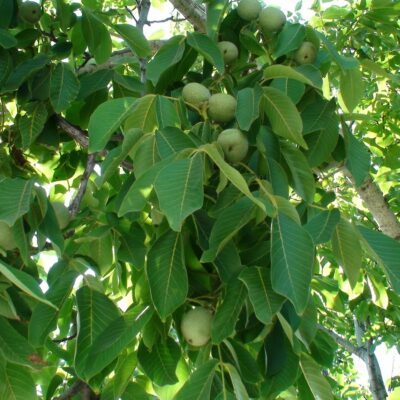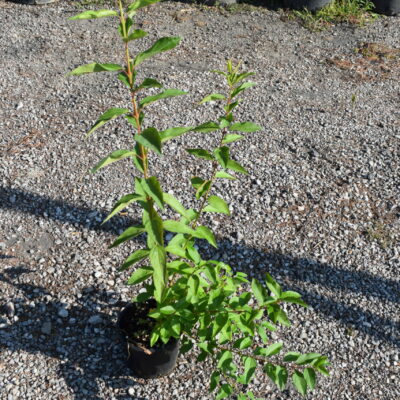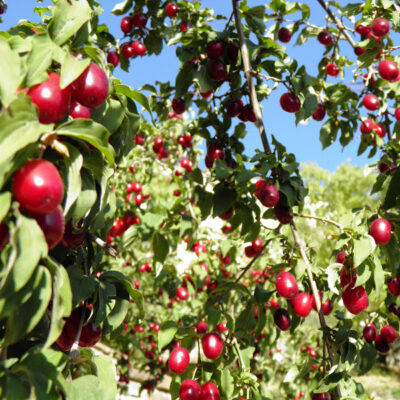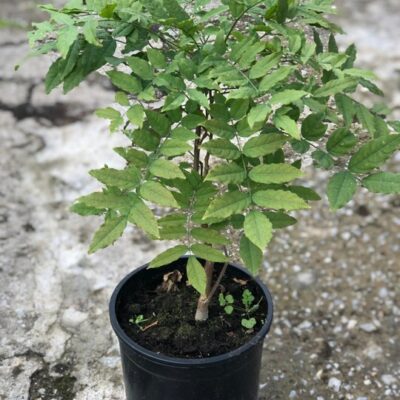It is considered that it got its name from the fruits, specifically from the word "karyomelo", which means a small fruit with a hard shell (karyo). In Greece it is found in the forests of Macedonia, Thrace and Thessaly. The koromelia is a deciduous tree, of moderate growth, with a final height of 12m. Its leaves are oval, serrated, light green and fluffy on the surface.
Terrain
It grows satisfactorily in all types of soils, even in stony and sloping soils. Prefers fertile, deep soils with good drainage. It thrives in both lowland and mountainous areas with plenty of sunshine. It is resistant to low temperatures.
Position
It loves sunny places and those protected from strong winds. An ideal position is the one with south or west orientation.
Durability
It is resistant to frost and low temperatures down to -20°C. Ideal plant for places with intense air pollution and drought.
Watering
It has moderate watering requirements, especially in hot seasons. Young plants, until they settle in their place, need more frequent watering. Once established in one place it is drought tolerant. But production is significantly reduced under dry conditions.
Lubrication
Because its productivity is high, fertilizing with complex slow-release fertilizers is recommended, before and immediately after the end of fruiting.
Pruning
Configuration pruning: It is done at sparse intervals to remove very dense branches.
Fruit pruning: It needs light pruning in autumn as soon as it sheds its leaves to remove dry, damaged or dense branches and to thin the crown.
Enemies and Diseases
The main insects that infect the mulberry tree are the fruit capsule, which creates galleries in the fruit, the nightshade, which sucks the juices from the leaves and the saboteur.
Fungal infections often infect the mulberry tree and cause rotting of the fruit and drying of the trees. Bacteria can also cause infections in trees Pseudomonas sp.
The sending and delivery of trees is done ONLY within Prefecture of Thessaloniki.
